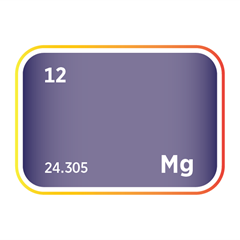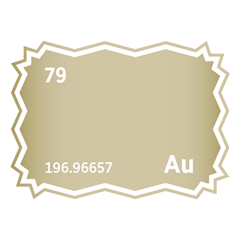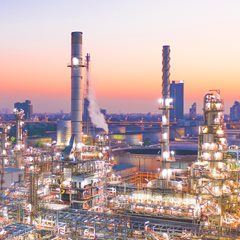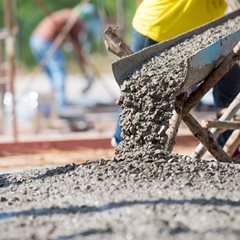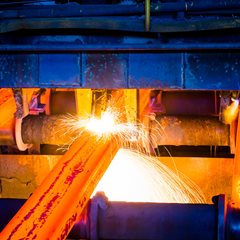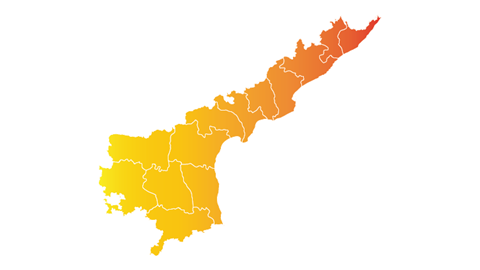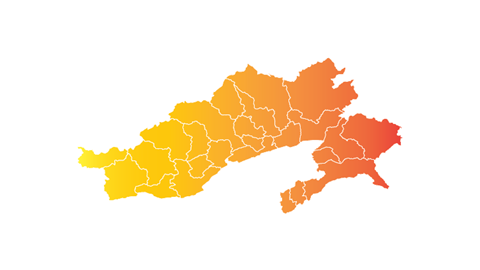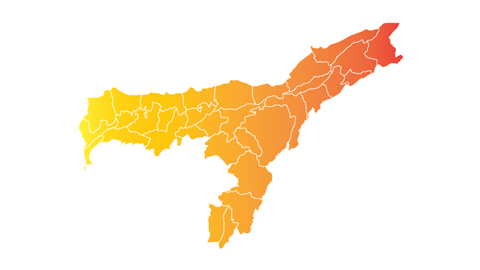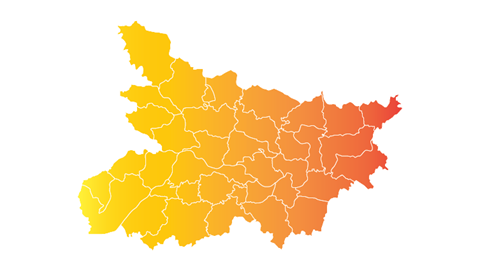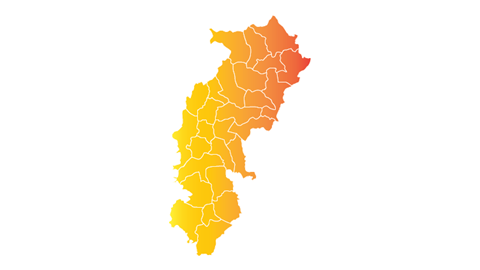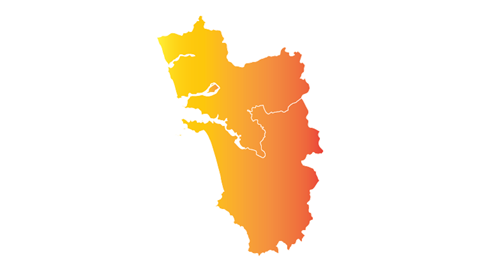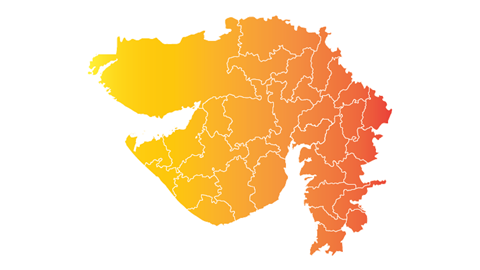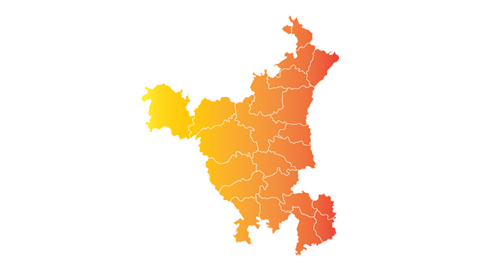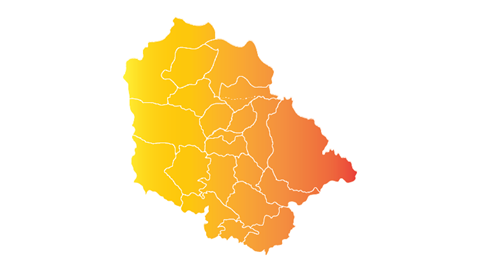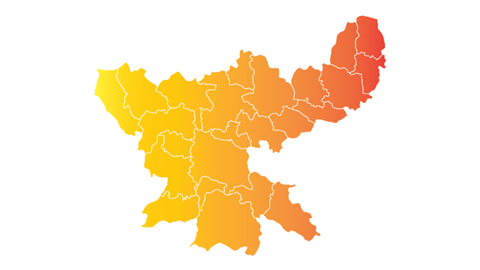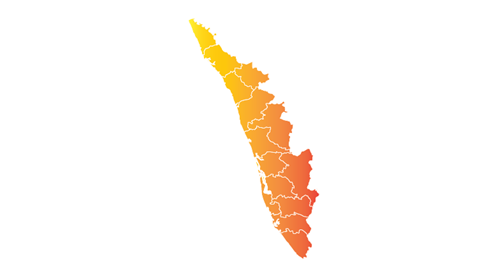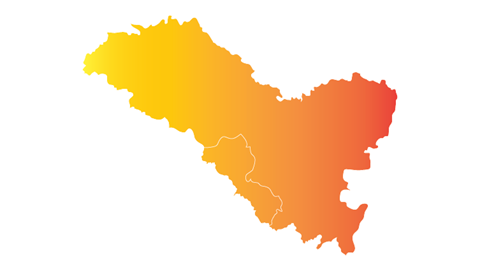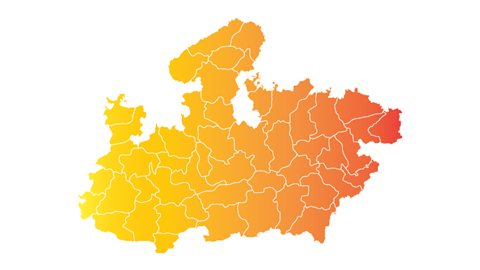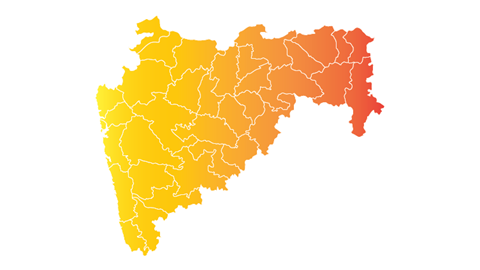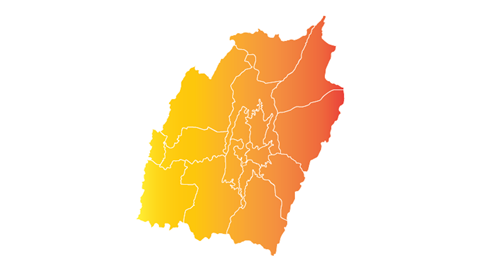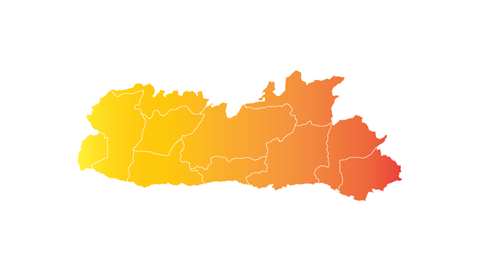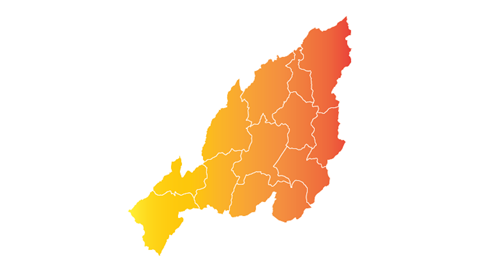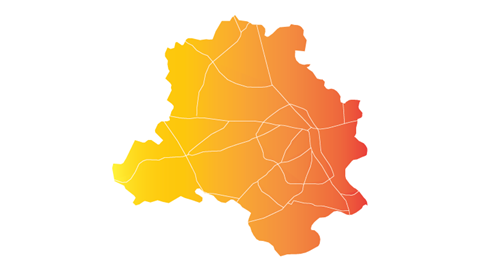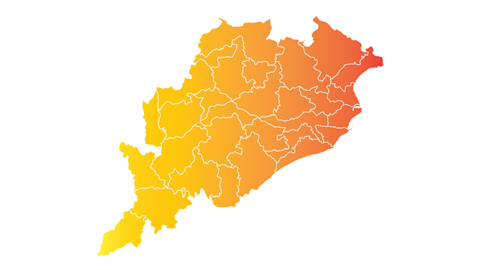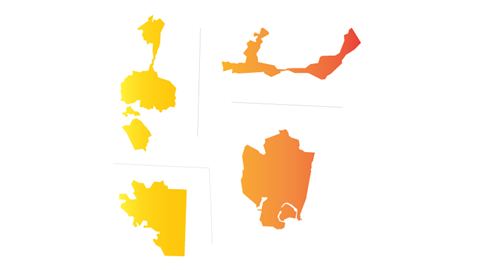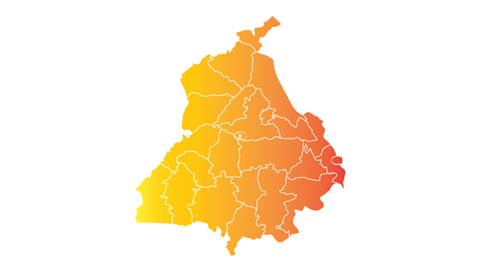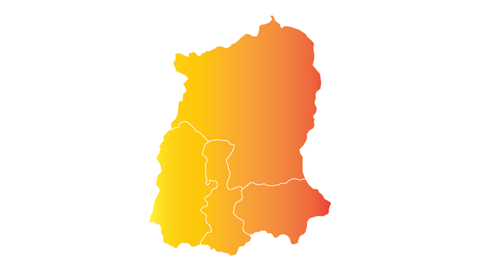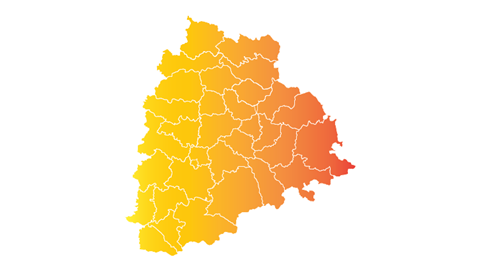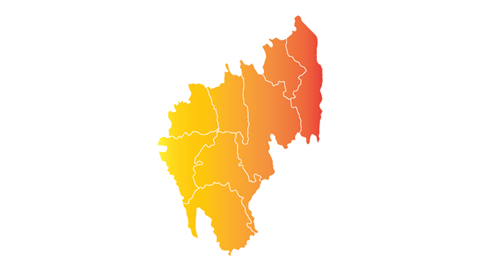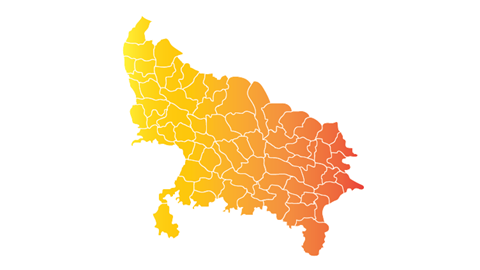West Bengal State
Critical minerals, policy, and the energy transition
The Energy Transition in West Bengal, India
West Bengal, spanning Himalaya foothills to Bay of Bengal delta, is refitting its coal-heavy grid with cleaner, flexible power. Installed capacity stands near 15.4 GW, dominated by 13.2 GW of thermal plant, yet renewables remain just 2.1 GW, barely 14% of supply. The Green Hydrogen and Renewable Policies target a 20% clean-energy share by 2030, backed by 19 GW solar and 23 GW wind potential. Key projects include a 4 GW Bundelkhand-style solar park pipeline, rooftop tenders across 5,000 government buildings, and floating arrays on the Maithon and Farakka reservoirs. Storage is scaling too: the 900 MW Purulia pumped-hydro station will be joined by a second 900 MW unit and a new 1 GW scheme, while a 1,000 MWh battery hub planned outside Durgapur will shift midday solar into the evening urban peak. The state’s resource base complements the transition. Raniganj and Deucha-Pachami host vast coal and coal-bed-methane reserves earmarked for clean gasification, offshore Sagar basin holds shallow gas, and coastal placer sands near Digha contain ilmenite, rutile, zircon and monazite for titanium alloys and rare-earth magnets. Linking gigawatt-scale renewables, pumped storage and key minerals, West Bengal aims to transform from coal-dependent to a low-carbon power-and-materials hub.
Energy Raw Materials and products produced in West Bengal
Essential Mineral Production and Products in West Bengal
A state-by-state analysis of India’s critical minerals and energy transition policies
SFA explores the state-level frontlines of India’s strategy to secure its position in the global energy transition. As demand surges for critical minerals used in electric vehicles, grid storage, solar, and hydrogen technologies, India is intensifying efforts to diversify supply, localise processing, and reduce strategic dependencies. This analysis examines how mineral endowments, state-level industrial policy, and renewable energy deployment intersect across the Indian landscape. From lithium-bearing pegmatites in Karnataka and Jammu & Kashmir to rare-earth-rich coastal sands in Tamil Nadu and Odisha, this state-by-state review highlights the opportunities and constraints shaping India’s clean-energy future and its role in global mineral security.


Meet the Critical Minerals team
Trusted advice from a dedicated team of experts.

Henk de Hoop
Chief Executive Officer

Beresford Clarke
Managing Director: Technical & Research

Jamie Underwood
Principal Consultant

Dr Jenny Watts
Critical Minerals Technologies Expert

Ismet Soyocak
ESG & Critical Minerals Lead

Thomas Shann Mills
Senior Machine Learning Engineer

Rj Coetzee
Senior Market Analyst: Battery Materials and Technologies

Franklin Avery
Commodity Analyst
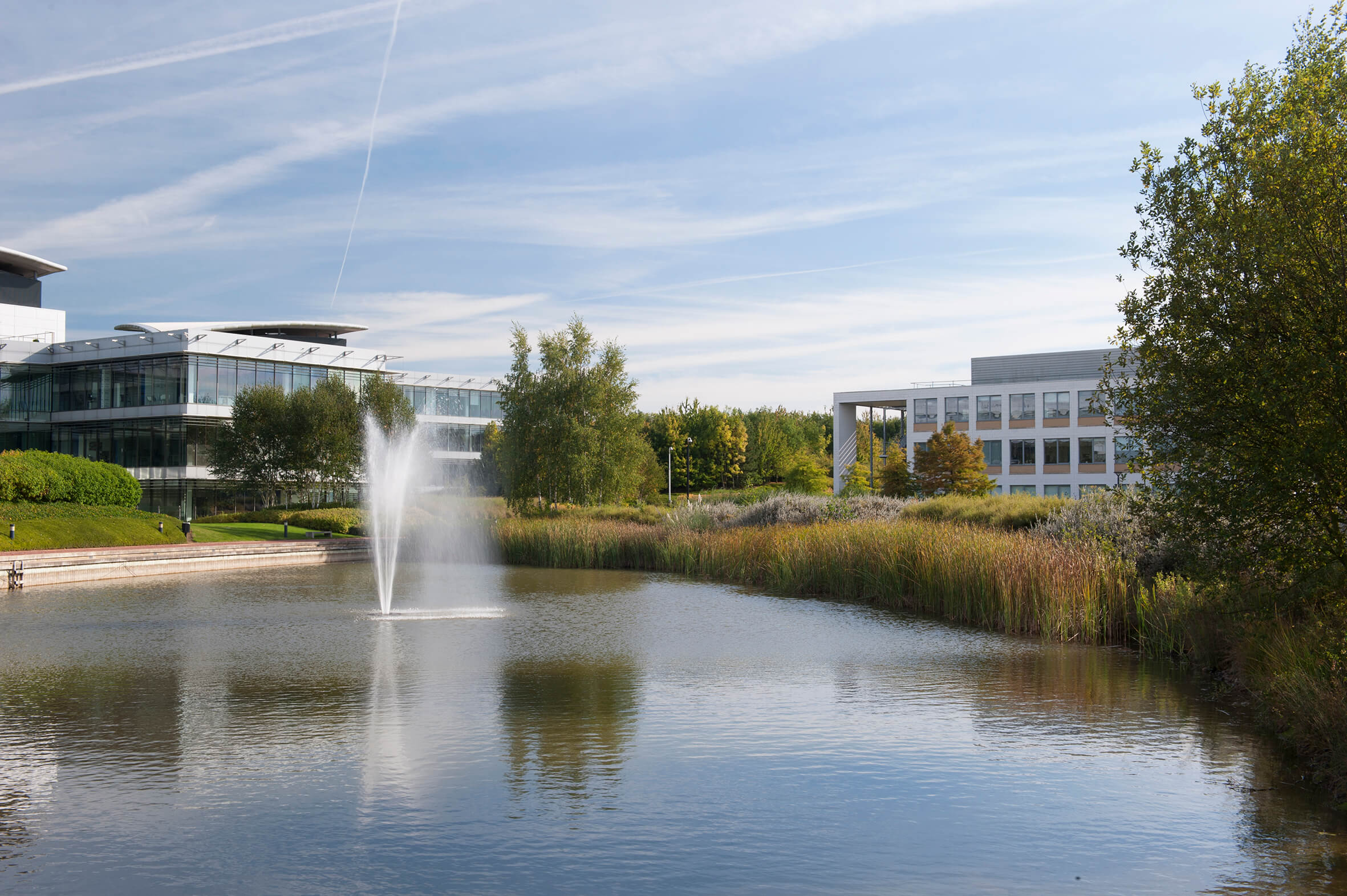
How can we help you?
SFA (Oxford) provides bespoke, independent intelligence on the strategic metal markets, specifically tailored to your needs. To find out more about what we can offer you, please contact us.
